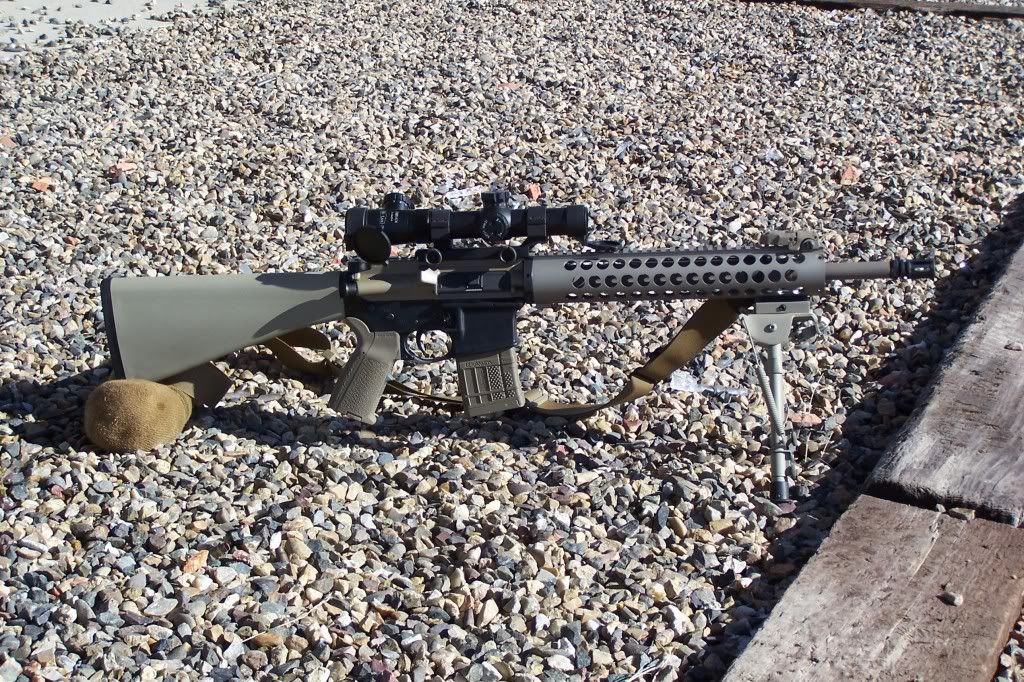First off, sorry if this subject has been tackled before, I tried searching for it and couldn't really find anything. I'm looking at dies to reload for my AR. It has a .223 Wylde chamber if that makes any difference. I've reloaded for my .308 for quite awhile now and if money wasn't an issue I'd have a set of .223 Redding Comp. dies. But I'm doing this to get an accurate coyote load worked up with some 65gn Sierra Gamekings, so the cost of those dies is a little bit much for what I am trying to get out of it. Should I be looking at full length re-sizing or neck sizing? I'd like to go with a neck sizer but is it smart with a semi auto chamber? I still want to be able to reliably lay down lead like this gun was intended, so I don't really want to give up any reliability in exchange for a little accuracy or longer brass life. Also, how important is crimping and should I do it? I've never crimped my .308 rounds before so it would be something new to me. This is my current pick based on perceived value http://www.midwayusa.com/product/776391/lee-deluxe-3-die-set-223-remington
Also, I have quite a bit of brass saved up, some commercial and some surplus with a crimp. How do you recommend prepping the surplus brass?
Thank you in advance for your guys' help, again haha.
Here is the gun this load will be for

Also, I have quite a bit of brass saved up, some commercial and some surplus with a crimp. How do you recommend prepping the surplus brass?
Thank you in advance for your guys' help, again haha.
Here is the gun this load will be for


